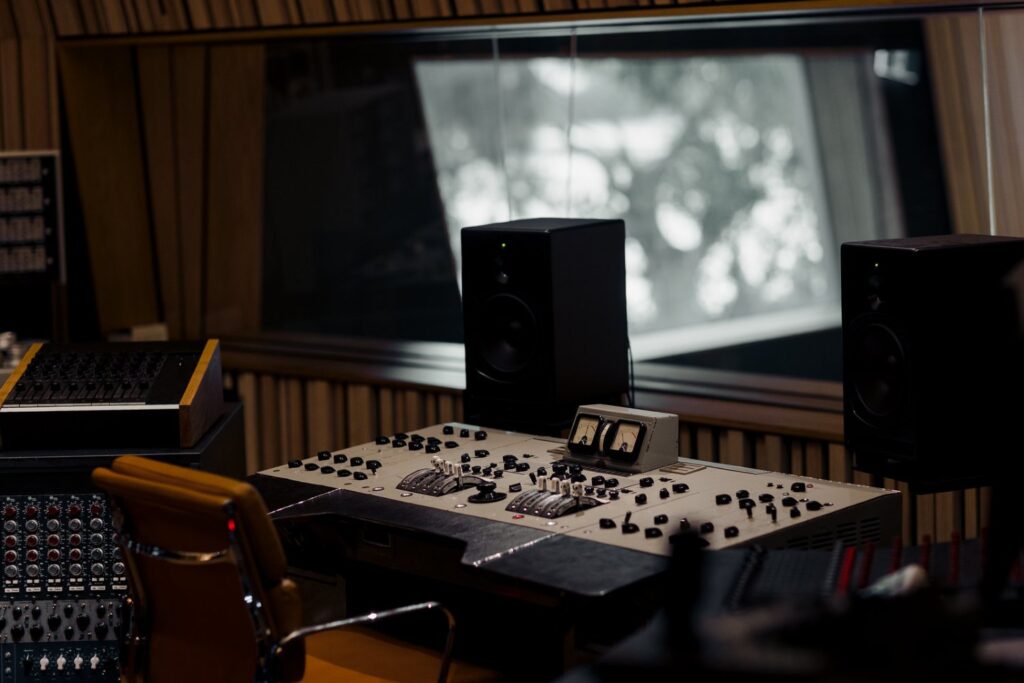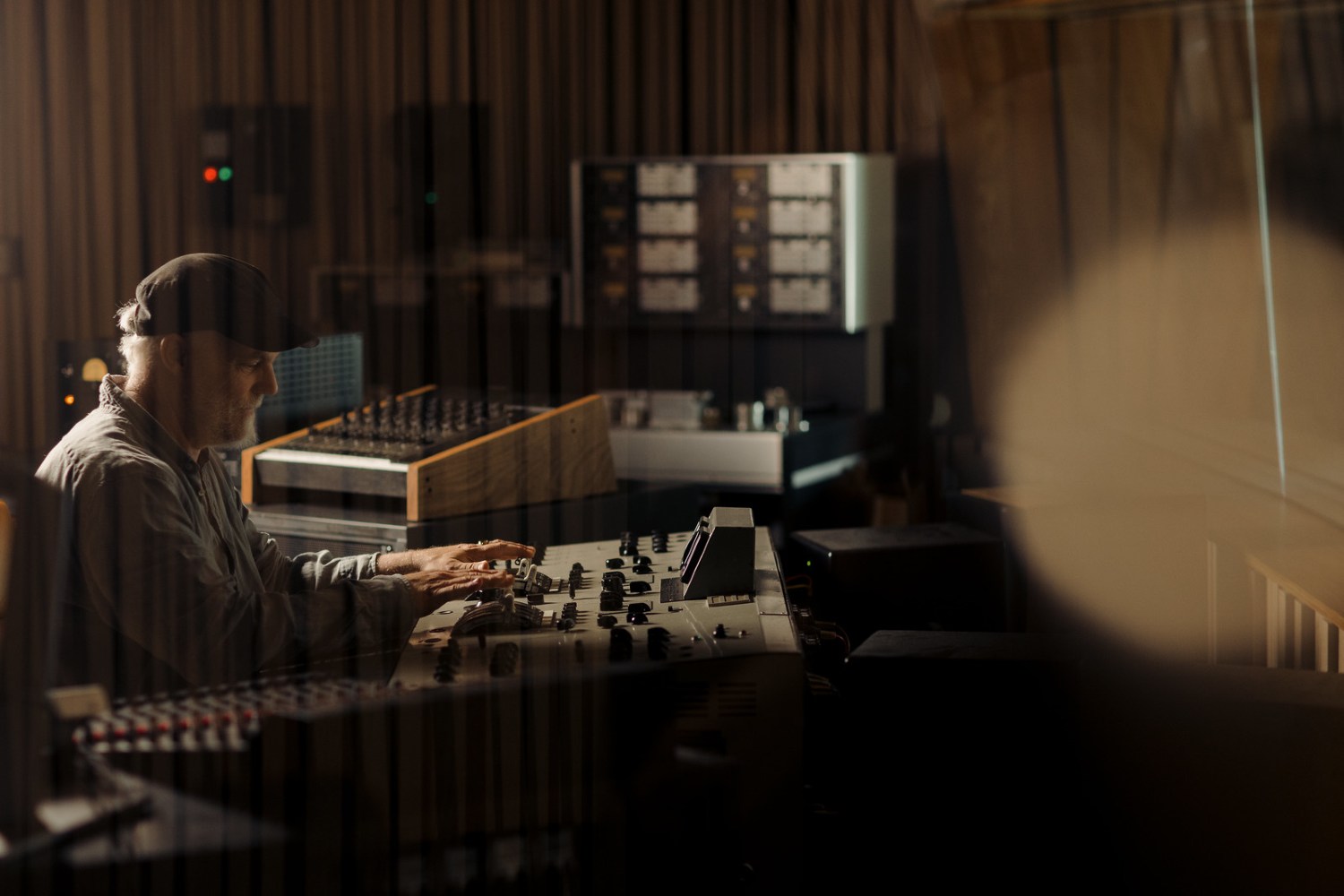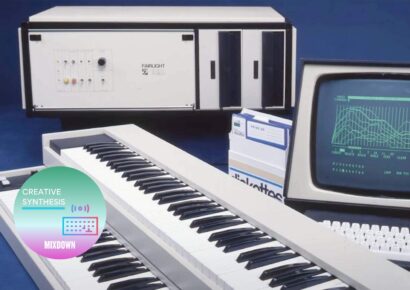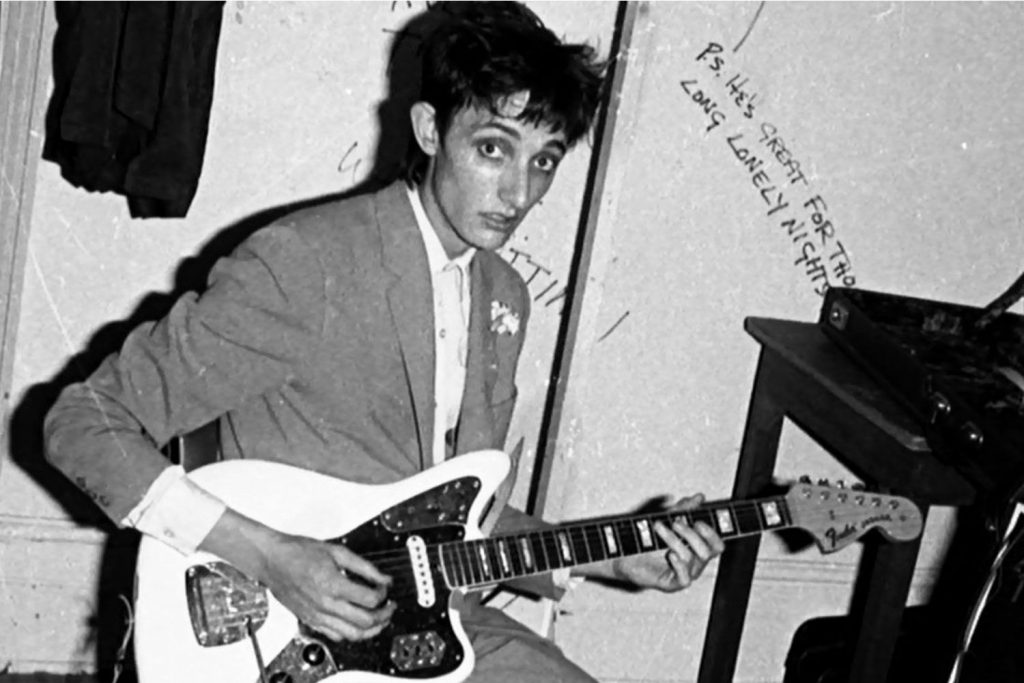Frying Pan Studios has, most recently, been the talk of the audio world.
Besides its picturesque location in Tasmania, nestled comfortably amongst the sprawling space that is Mona, head producer and engineer Chris Townend shares Frying Pan Studios with a REDD.17 console from Abbey Road. Let me rephrase— the REDD console used by Pink Floyd and The Beatles (to name a few) during their tenure at Abbey Road.
Read up on all the latest features and columns here.
Besides an impressive array of hardware surrounding the REDD.17 that takes pride of place, Chris also brings a wealth of knowledge in operating it all, but also what an artist looks for when creating. The building has been designed to an artist’s exacting specifications, all with sightlines, privacy, acoustic treatment and content in mind; the building having HD Video capabilities for you to walk away with enough footage for a documentary worth of footage when you leave!
“What happens when a museum acquires a piece of music history?
Why, they build an entire recording studio around it, of course.”
—Chris Townend, Frying Pan
Now that Frying Pan Studios has been open and operating for enough time to make a few records, we spoke to Chris about his own history in the industry, how it’s all prepared him for a tenure at The Frying Pan, and what creating in the picturesque location might be like.

Hi Chris!
First off, could you tell us a little bit about your career in the audio recording industry thus far, and further, how it’s led you to become involved with MONA and Frying Pan?
[I] started recording my own music at around 13, bouncing between cassette decks, eventually getting a 4 track, then 8 track reel to reel machines. Other bands and artists heard my music and started asking if I could do their albums, and here I am – still doing it.
Along the way my studio would move to different warehouses, until I eventually built BJB (Big Jesus Burger) Studios in Sydney, a multi-room facility where I spent close to 2 decades. At BJB I clocked up (lost count) around 500 albums at the helm. The studio became world-renowned, attracting artists from all over the globe like Portishead. Later on at BJB, I built a little private studio in the forest in Tasmania, where I would go and write and record my own work. Again, this soon filled that up with artists from all over the globe. Eventually I closed BJB and made Tasmania my creative base.
My relationship with Mona started in 2010 when I was commissioned to do an installation in Mona gallery. This work was a 48 metre tunnel with speakers hidden in the floor. 100 compositions in a computer, which are triggered by gallery footsteps, making the compositions excite the resonant frequency and reverberation of the tunnel.
Eventually creating 5 major works, including an 80 metre, 33-speaker gallery work for female vocals.
My latest work Requiem For Vermin, is a work composed for prepared harp, residing in a gallery tunnel carved underground through solid sandstone, housing 218 speakers hidden in the ceiling of the tunnel. This work is currently the largest sound-based installation in the world.
My relationship with Mona has been mainly as an artist, but when the studio idea came up, they knew I was the best person to design and operate Frying Pan.
In your opinion, what is it that sets Frying Pan apart – location aside, are there any particularly exciting pieces of equipment, or elements of the space’s fit out that you feel truly elevate the studio?
Frying Pan exists to make special work. The fit out is inspiring and beautiful, lined with timber, parquet floors, and acoustic design by Marshall Day Acoustics which makes all the spaces sound excellent. The natural light and water views, and Mona gallery guests being able to see through the whole studio from one gallery window, or acoustic screens can be moved around for privacy if the artist requests.
It truly is a great place to capture music, and incredible sounding outcomes. This is the main response from all of the recording artists so far.
Being the in-house engineer at the studio – could you talk us through the collaborative process you engage in with the artists and producers who come to record and create in the space?
I’m Frying Pan’s head producer and engineer. I help artists capture great performances [and] have an inspiring time. I make sure everything sounds amazing.
Do your levels of involvement vary, or have you tended to work hands on with the projects that have passed through Frying Pan?
The process varies on a case by case basis, but I’ll get my hands dirty in whatever task is required to help make great work. I’ve also pulled together some amazing assistants that help me on big sessions, and I pass on as much experience as possible to give them a leg up in being tomorrow’s great engineers and producers.
Were you heavily involved in the design process of the space? Are there any features of Frying Pan that came to be as a direct result of your input?
I designed the layout and functional design for the studio, plus all of the technical audio design.
The functionality of a recording studio was the main design driver for the project, and this is where a producer/engineer with decades of studio experience is needed to make everything work in a busy recording facility context.
I’m especially proud of the panoramic expansive window sight lines for artists, the natural light, and a relaxing green room opening up to a waterfront grass area.
I worked hand in hand with the acousticians, architects, technicians, build team, and Mona design crew throughout the process.
Could you tell us about the video recording capacity in the space, and why in particular this was a feature the team was keen on implementing at Frying Pan?
I wanted to include multi camera HD recording for all artists, as this allows artists to walk out of the studio with an album recorded, and all of the multi camera footage in sync with the audio.
This is a huge plus for artists seeking new audiences, as YouTube clips can be made directly after recording. We also have a very talented Frying Pan production team available, for roaming camera operators, video editors and film clip makers.
Although I’m assuming the art created within the space is predominantly within the realms of the aural – have you found that being in such close proximity to one of the most groundbreaking visual arts institutions has had any particular impact on the working environment within the studio?
It’s a totally inspiring place to make great work, surrounded by an abundance of incredible art. As far as recording studio environments are concerned, it doesn’t get any better than this.
Mona has a tangible creative buzz embedded into the place.
Who are some of the artists that have utilised your space so far – any particular highlights or intriguing anecdotes that have come about working with these creatives?
Peaches was awesome, fun and cheeky. Vieux Farka Toure was an absolute honour – such an incredible Mali 3 piece band.
DMA’s came by and recorded three songs with video, utilising our talented video production team delivering the finished YouTube film clips. Julia Stone had a lovely time here recording her new album.
Lots of Tasmanian bands have already been through – this is great, as we continue to support and help Tassie creatives into the future.
Read more about Mona and Frying Pan Studios here.







